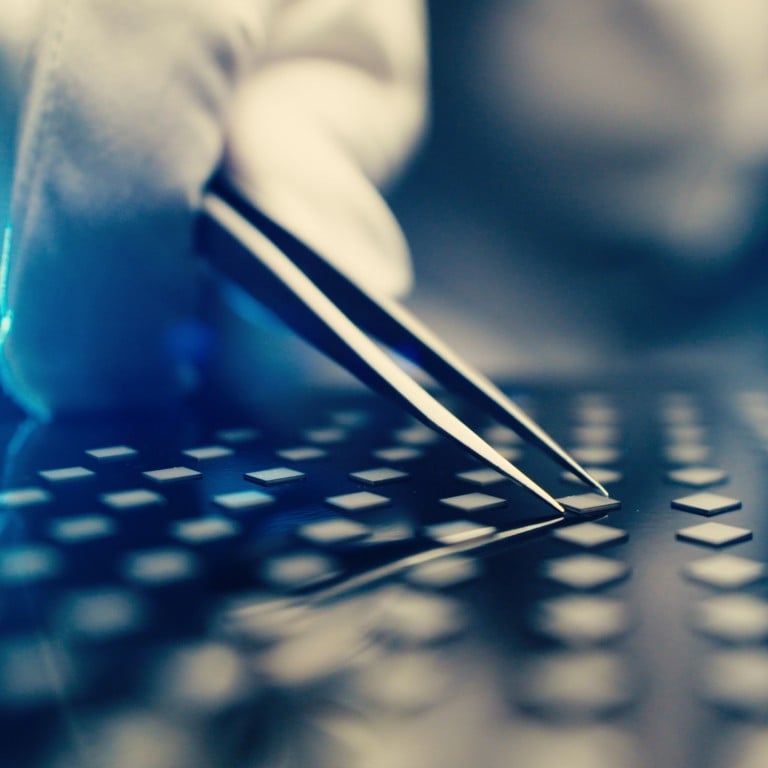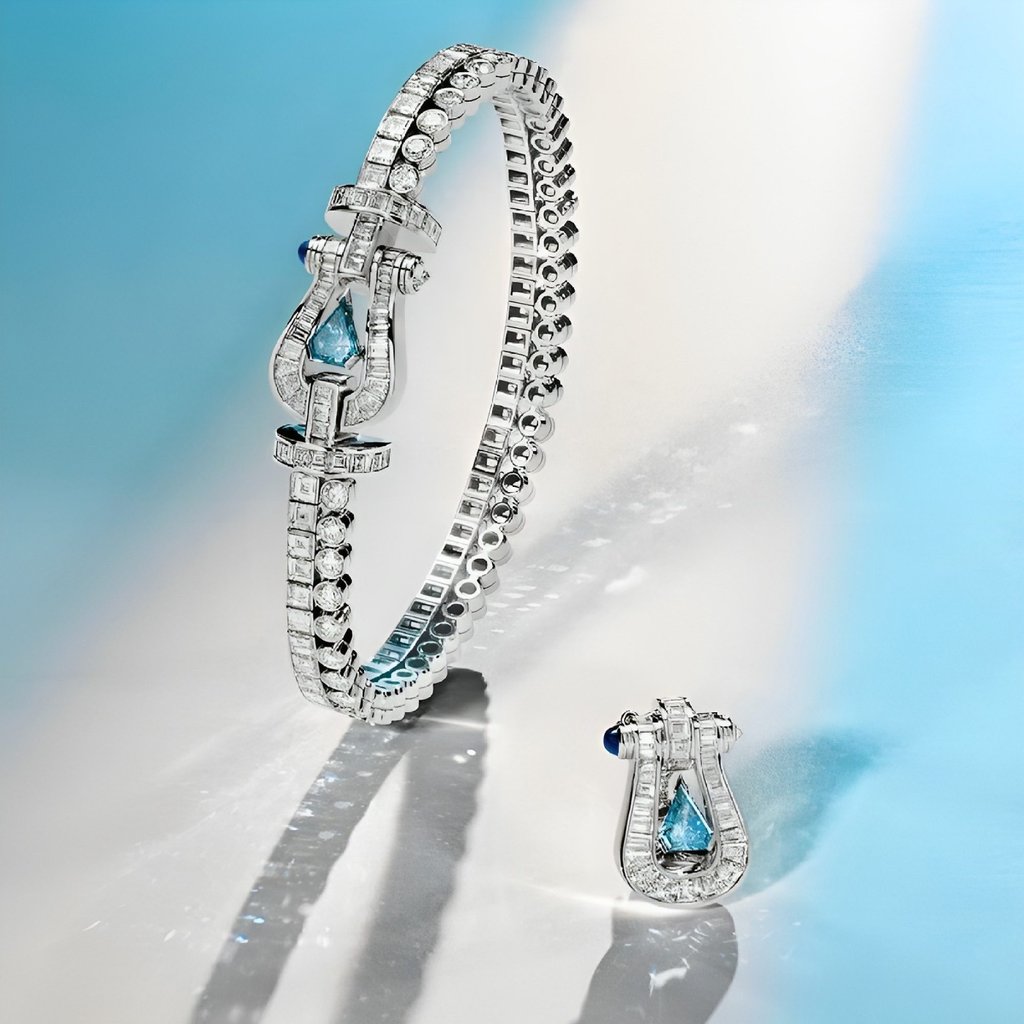Would you wear a lab-grown diamond as your engagement ring? China fuels demand for cheaper artificial gems, as Gen Z shuns natural stones and designers like Monique Lhuillier embrace synthetic styles

- Consumers with ethical and environmental concerns around the mining of natural diamonds are increasingly turning to synthetic diamonds grown in the lab – including when it comes to their wedding day
- De Beers reports mined diamond prices are down a quarter this year – but lab-grown diamonds are also getting cheaper, fast, and are currently around 82 per cent cheaper than their natural counterparts
As the global search intensifies for luxury products that are more socially and environmentally conscious, the time is ripe for precious gems grown in the laboratory to take off.
“Among the other noteworthy geographic markets are Japan and Canada, forecast to grow at 1.9 per cent and 5 per cent, respectively, over the 2022-2030 period. Within Europe, Germany is forecast to grow at approximately 2.4 per cent CAGR,” the report adds.
According to different stakeholders and analysts, there has been a notable change in consumer values and tastes as the brilliant world of natural diamonds has declined, while the lab-grown diamonds market is on the rise.

Barkev Meserlian, CEO at Barkev’s, says that sales of lab-grown diamonds are up like never before. “We’ve been in the jewellery business for over 40 years now, selling unique engagement rings through our designer brand Barkev’s. We’ve seen many trends throughout the years, but nothing like this,” he continues.
“The demand for lab-grown diamonds is skyrocketing and young couples are shying away from natural diamonds for many reasons, including the price and the environment. This, I believe, is the reason why natural diamond prices are falling,” Barkev explains.
According to StoneAlgo, a diamond trading platform, lab-grown diamonds are now around 82 per cent cheaper than natural diamonds.
Over the past year, the price of lab-grown diamonds has fallen by around 45 per cent, while the price of natural diamonds has fallen by around 23 per cent, StoneAlgo elaborates.